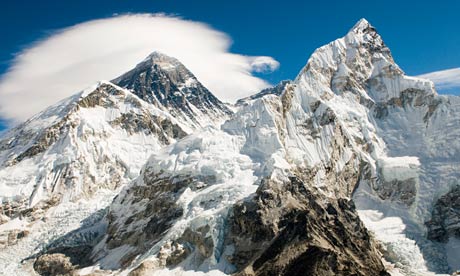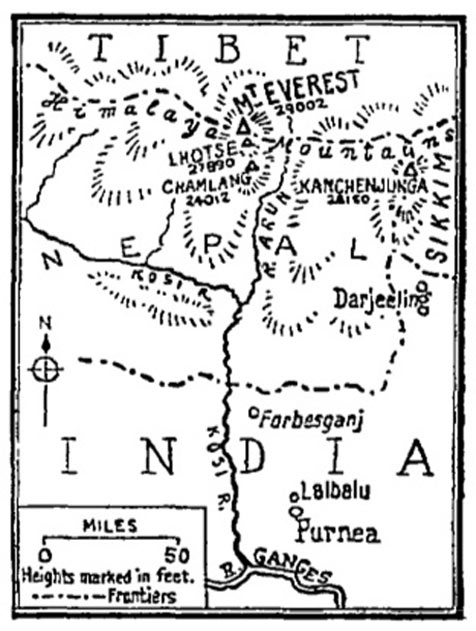Now enough is enough ! The Jammu and Kashmir issue has been hanging fire for over 67 years. Both India and Pakistan are claiming the territory of the J&K. Over half a dozen war between India and Pakistan have been fought, entailing huge expenditures to both the countries. Indo-Pak borders always remain tense. People of the Jammu and Kashmir have been marginalised in the process of resolution of the conflict. They always remain in agonising moments. No sincere efforts have been initiated to resolve the conflict. Both India and Pakistan seem to have reconciled to keep their domination in retaining their respective "portions"-Jammu and Kashmir and Azad Kashmir. Terror activities in the Jammu and Kashmir have become focal points of conflict for both the India \and Pakistan.
Much water have flown under Sutlej since the ruler of Kashmir Maharaja Hari Singh was forced to Kashmir's accession to India. But the million dollar question still arises why and how Maharaja Hari Singh acceded the Kashmir to India in 1947 ? Historical facts have different opinions. One of them is that the Maharaja temporarily acceded to India on October 22, 1947 because Pakhtoon tribal population from Pakistan raided Kashmir. And the Maharaja sought help from India and acceded to India "temporarily". Another version was that the Maharaja never wanted Kashmir to accede with India or Pakistan, but after independence of the Indian sub-continent, wished an "independent and sovereign Jammu and Kashmir" It is also said that tallest leader Sheikh Mohhammad Abdullah's liking for acceding the Kashmir to India, rather, forced Maharaja for request of military help from India from the clutches of Pakhtoon raiders. New Delhi always legitimised the accession by projecting such theory.
A recent book-KASHMIR: THE UNWRITTEN HISTORY- by the Australian politico-strategic analyst, author and academician Christopher Snedden has added one more of many books on this ticklish issue! But Sneeden's book appears a different one because the book gives vivid descriptions of the causes of division of Kashmir in 1947 and throws light on the solution of the problem! In the opinion of Snnedden; three important factors that instigating the division of the state that ultimately were responsible for the present status of Jammu and Kashmir ( FRIONTLINE FORNIGHTLY REVIEW OF THE BOOK). Many political scientists feel that Pakistan was responsible for pushing the tribal people to annex Kashmir. But Snedden highlights the three major actions including the Muslim uprising in Poonch in western Jammu, serious inter-religious violence throughout the Jammu region and the creation of 'Azad Kashmir' government on October 24, 1947, which the author believes was the final blow to the unity of the state.
While speaking to tales of woes of Jammu and Kashmir people, the book has called the residents of the state "J&K-ites". Therefore, "let the people decide" is the peg of his proposal to resolve the dispute, although he adds a caveat that the "biggest challenge will be forcing India and Pakistan to agree on the process." According to the Frontline review of the book; Snedden also blames the disunity, as they constituted 77 percent of the princely domain. Snedden has also disclosed that the Mahraja was quite unpopular with the "muslim subjects" and his armed forces had lost control of the large parts of the state. "Had Muslims been united, it would have been difficult for the Maharaja to take a such decision.
Snedden also suggests that the people of the state were desperate to decide their fate. He cites two further actions to strengthen this argument. "In late October-November, Kashmiris formed a people's militia to defend themselves against the invading Pukhtoons which intended, after looting, raping ad pillaging Kashmiris to capture Jammu and Kashmir for Pakistan and in early November pro-Pakistan Gilgitis rebelled to sought to join Pakistan." Such action was enough hint for determining the region's international status that time.
The author is also of the opinion that people of the Jammu and Kashmir are the main stake-holders in the unresolved Kashmir dispute. Such factors, in the opinion of the author, suggest the need for people of the state in confidence to resolve the dispute. One another important aspect in the book is about "Azad Kashmir". He is of the opinion that "Azad Kashmir" has virtually become an" integral part" of Pakistan and is completely dependent on Islamabad. Thus the book emphasises a greater role of the people of Jammu and Kashmir (on both sides) and calls them the 'third party' in the dispute since India and Pakistan have failed to resolve the conflict.. The author argues that the people of Jammu and Kashmir are at the centre of dispute in every way and they need to be taken on board and not marginalised.


